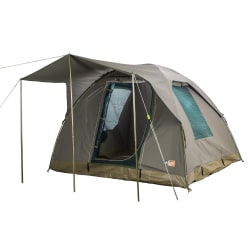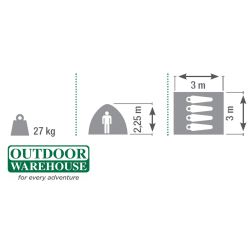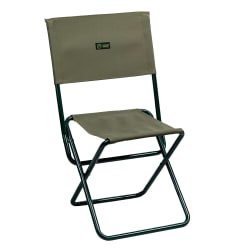Care and Maintenance of a new Canvas Tent
Planning is the most essential part of your outdoor trip. The guidelines below will help you master your outdoor experience with your canvas tent to avoid any hiccups along the way.Always make sure you do the following:
- Spray your tent thoroughly with water before using it for the first time. This will ensure that the cotton thread binding the seams swells and helps prevent leakage through the seams. if possible, repeat this process several times. Seam Sealant or beeswax can also be used, in addition to the above process.
- Allow your tent to dry completely before you pack it away for storage. This will discourage the formation of mildew. (Although the fabric is treated with a mildew inhibitor, no fabric is completely mildew-proof.)
- Secure your tent properly when pitching it, so that strong winds cannot dislodge and damage it.
- Check that you have all parts and components before and after your trip.
Also be sure to avoid these common mistakes:
- Do not store your tent on a concrete floor.
- Do not pitch your tent near an open fire.
- Never spray your tent with insecticide.
- Always stand on the canvas side of your tent.
- Do not store your tent in a damp state.
- Do not wash your tent with a detergent.
- Never pitch your tent under a tree which may drop sap or gum. These can stain the fabric and damage its waterproofing.
- Do not expose your tent to any open flame. Candles, matches, camp-fire and any heating/cooking flame should be kept well clear of your tent.
Before Using your Canvas Tent:
- When preparing for a trip, pitch your tent fully at home, using the assembly checklist provided. This exercise will ensure that:
- the tent is undamaged
- none of its sections or accessories are missing
- you become familiar with the tent's structure and how to pitch it
- Remember to take along extra pegs and guy ropes.
- When packing your tent, check off all parts against your list so that nothing is left behind.
- Attend to any repairs in good time.
During Use:
- Find a dry, level place in which to camp.
- Choosing a level spot on a small hill will help prevent your tent from being swamped in a rainstorm.
- Prepare the ground by removing all sharp rocks, sticks etc. which could damage the groundsheet.
- Always first lay down a netted or solid polyethylene groundsheet to form a buffer between your tent floor and the ground. This helps to keep your tent clean and prevents damage to the tent floor.
General Maintenance Tips:
Re-waterproofing
- A properly cared-for tent will not need to be re-waterproofed
- However if it does become necessary, use a waterproofing agent recommended by a specialist dealer.
Coastal Camping
- When you return home, wash down all poles and other metal parts to prevent corrosion. Dry them well
Stains
- Sponge the stained area lightly. Do not use a scrubbing brush or any form of detergent, as these may affect the tent's waterproofing.
Warranty
- Limitations. The warranty does not cover damage caused by normal wear and tear, neglect, unreasonable use, mildew or rotting, colour fading or wind action.
- Acceptable repairs: Before returning your tent for repair covered by the warranty, ensure that is completely clean and dry.
- Cartage: The cost of delivering and fetching a tent sent for repairs, not under warranty, is for the account of the customer.




